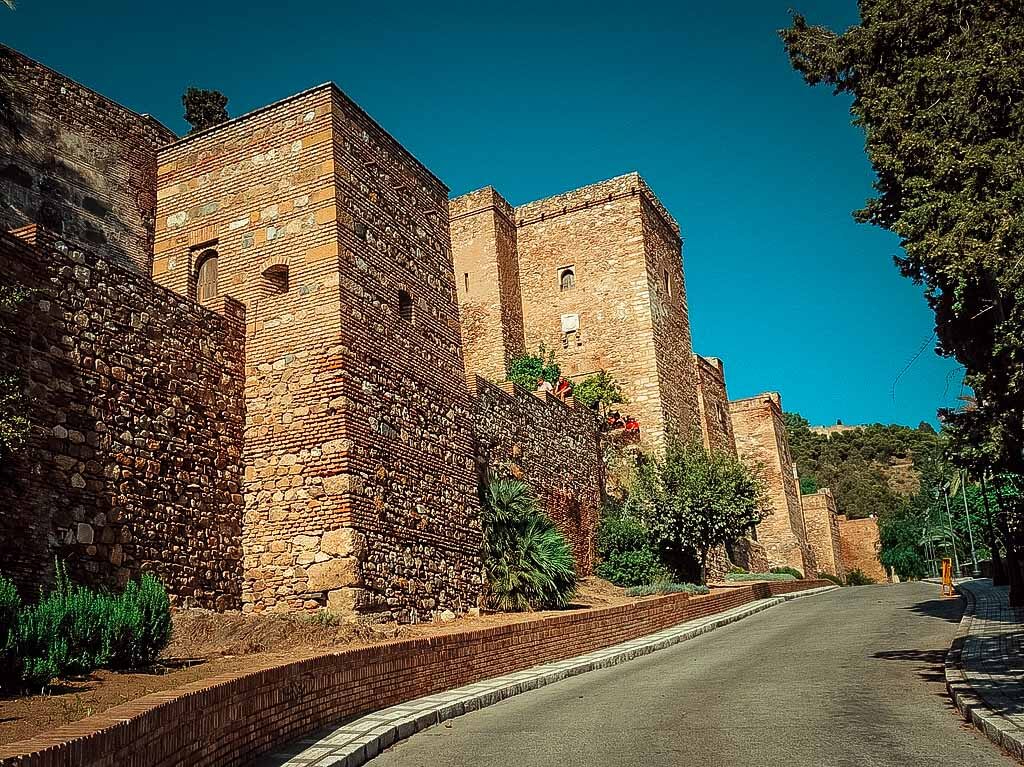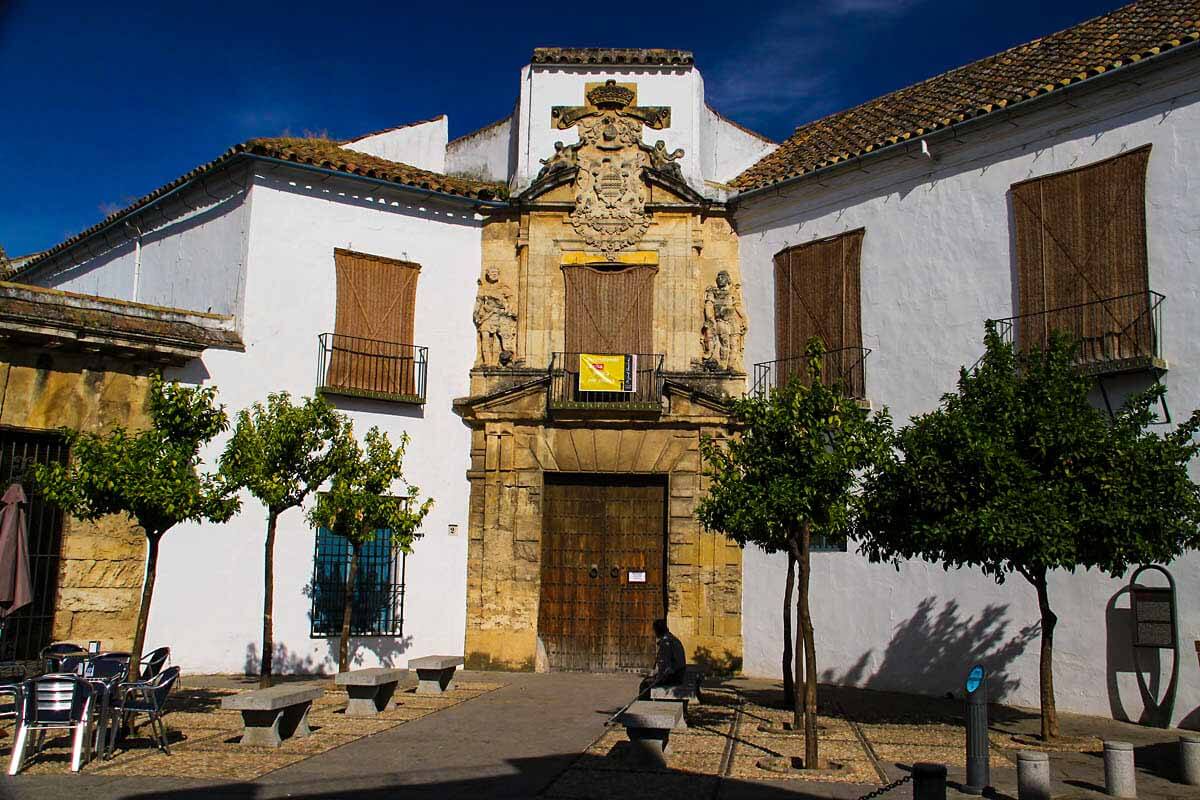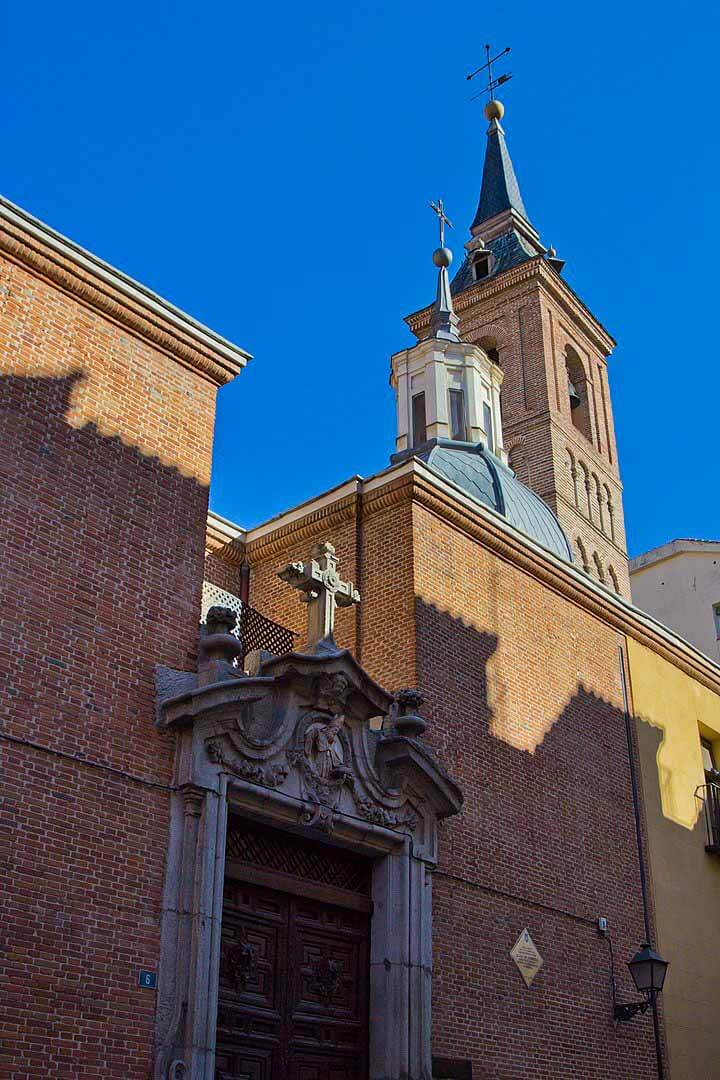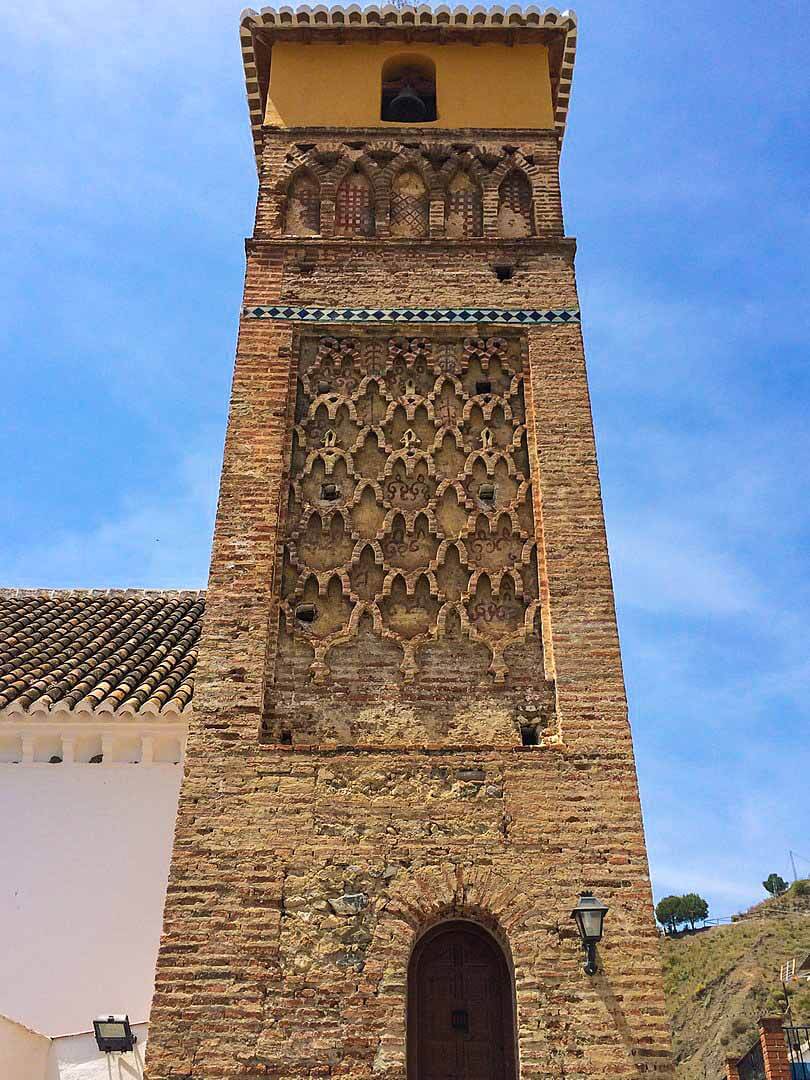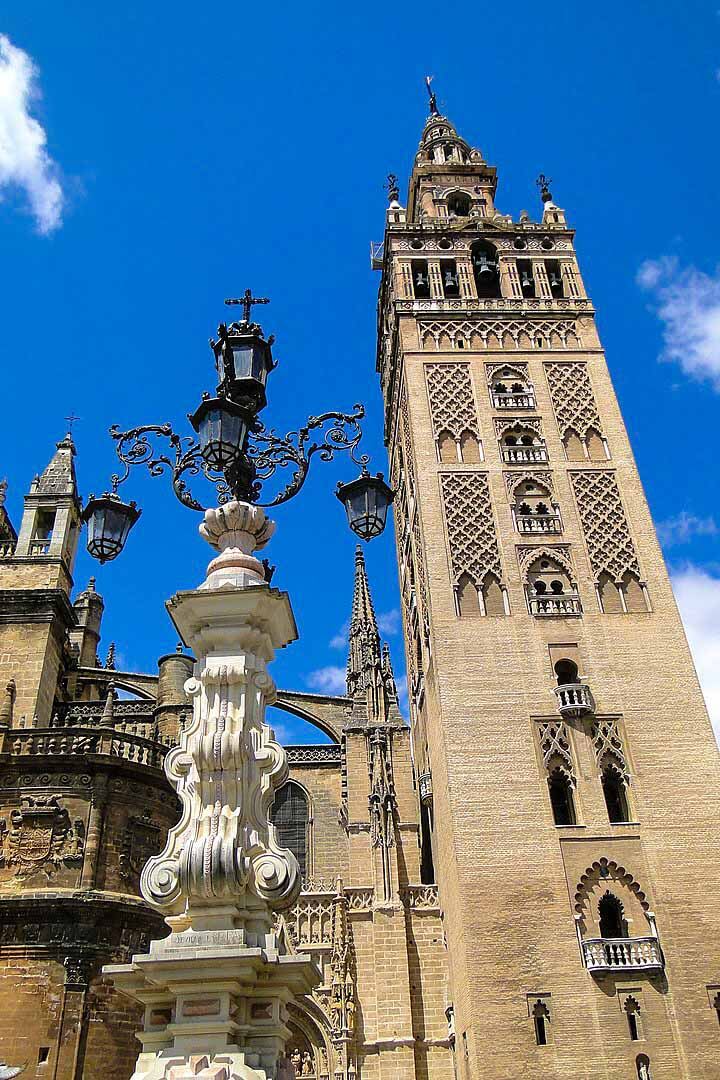Spain
The forced conversions of Muslims in Spain were enacted through a series of edicts outlawing Islam in the lands of the Spanish Monarchy.
This effort was overseen by three Spanish kingdoms during the early 16th century: the Crown of Castile in 1500–1502, followed by Navarre in 1515–1516, and lastly the Crown of Aragon in 1523–1526.
After Christian kingdoms finished their reconquest of Al-Andalus on 2 January 1492, the Muslim population stood between 500,000 and 600,000 people.
At this time Muslims who lived under Christian rule were given the status of Mudéjar, legally allowing the open practice of Islam.
In 1499, the Archbishop of Toledo, Cardinal Francisco Jiménez de Cisneros began a campaign in the city of Granada to force religious compliance with Christianity with torture and imprisonment; this triggered a Muslim rebellion.
Background
The Capitulation of Granada by Francisco Pradilla Ortiz (1848–1921), depicting the 1492 surrender of Granada, the last Muslim-ruled kingdom in the Iberian Peninsula.
Islam has been present in the Iberian Peninsula since the Umayyad conquest of Hispania in the eighth century.
At the beginning of the twelfth century, the Muslim population in the Iberian Peninsula – called “Al-Andalus” by the Muslims – was estimated to number as high as 5.5 million; among these were Arabs, Berbers and indigenous converts.
In the next few centuries, as the Christians pushed from the north in a process called reconquista, the Muslim population declined.
End of the fifteenth century culminated in the fall of Granada, with the Muslim population of Spain estimated to be between 500,000 and 600,000 out of a total Spanish population of 7 to 8 million.
In the initial years after the conquest of Granada, Muslims in Granada and elsewhere continued to enjoy freedom of religion.
This right was guaranteed in various legal instruments, including treaties, charters, capitulations, and coronation oaths.
For example, the Treaty of Granada (1491) guaranteed religious tolerance to the Muslims of the conquered Granada. Kings of Aragon, including King Ferdinand II and Charles V, swore to protect the Muslims’ religious freedom in their oaths of coronation.
Conversion process
In the beginning of the sixteenth century, Spain was split between two realms: Crown of Castile and the smaller Crown of Aragon.
The marriage between King Ferdinand II of Aragon and Queen Isabella I of Castile united the two crowns, and ultimately their grandson Charles would inherit both crowns.
Despite the union, the lands of the two crowns functioned very differently, with disparate laws, ruling priorities, and treatment of Muslims.
There were also Muslims living in the Kingdom of Navarre, which was initially independent but was annexed by Castile in 1515.
Forced conversion varied in timeline by ruling body: it was enacted by the Crown of Castile in 1500–1502, in Navarre in 1515–1516, and by the Crown of Aragon in 1523–1526.
In the Crown of Castile
Initial efforts at forcing the conversions of Spanish Muslims were started by Cardinal Cisneros, the archbishop of Toledo, who arrived in Granada in the autumn of 1499.
In contrast to Granada’s own archbishop Hernando de Talavera, who had friendly relations with the Muslim population and relied on a peaceful approach towards conversions, Cisneros adopted harsh and authoritarian measures.
He sent uncooperative Muslims, especially noblemen, to prison where they were treated severely (including reports of torture) until they converted.
Cisneros ignored warnings from his council that these methods might violate the Treaty of Granada, which guaranteed the Muslims freedom of religion.
Instead, he intensified his efforts, and in December he wrote to Pope Alexander VI that he converted 3,000 Muslims in a single day.
The forced conversions led to a series of rebellions, initially started in the city of Granada.
This uprising was precipitated by the riotous murder of a constable who had been transporting a Muslim woman for interrogation through the Muslim quarter of Granada; it ended with negotiations, after which the Muslims laid down their weapons and handed over those responsible for the murder of the constable.
Subsequently, Cisneros convinced King Ferdinand and Queen Isabella that by attempting a rebellion, the Muslims lost their rights in the treaty, and must now accept conversions.
The monarchs sent Cisneros back to Granada to preside over a renewed conversion campaign.
Muslims in the city were forcibly converted in large numbers – 60,000 according to the Pope, in a letter to Cisneros in March 1500.
Cisneros declared in January 1500 that “there is no one in the city who is not a Christian.”
Although the city of Granada was now under Christian control, the uprising spread to the Granadan countryside. The leader of the rebellion fled to the Alpujarra mountains in January 1500.
Fearing that they would also be forced to convert, the population there quickly rose up in insurrection.
However, after a series of campaigns in 1500–01 in which 80,000 Christian troops were mobilized and King Ferdinand personally directed some operations, the rebellion was defeated.
The terms of surrender of the defeated rebels generally required them to accept baptism. By 1501, not a single unconverted Muslim remained in Granada.
Forcible conversion in Rest of Castile
Unlike the Muslims of Granada, who were under Muslim rule until 1492, Muslims in the rest of Castile had lived under Christian rule for generations.
Following the conversions in Granada, Isabella decided to impose a conversion-or-expulsion decree against the Muslims.
Castile outlawed Islam in legislation dated July 1501 in Granada, but it was not immediately made public.
Both Castile-born Muslims and immigrants were subject to the decree, but slaves were excluded in order to respect the rights of their owners.
The edict justified the decision by saying that after the successful conversion of Granada, allowing Muslims in the rest of Castile would be scandalous, even though it acknowledged that these Muslims were peaceful.
The edict also argued that the decision was needed to protect those who accepted conversion from the influence of the non-converted Muslims.
On paper, the edict ordered expulsion rather than a forced conversion, but it forbade nearly all possible destinations; in reality, the Castilian authorities preferred Muslims to convert than emigrate.
Castile’s western neighbor Portugal had already banned Muslims since 1497.
The order explicitly forbade going to other neighboring regions, such as the Kingdoms of Aragon and Valencia, the Principality of Catalonia, and the Kingdom of Navarre.
Of possible overseas destination, North Africa and territories of the Ottoman Empire were also ruled out.
The edict allowed travel to Egypt, then ruled by the Mamluk Sultanate, but there were few ships sailing between Castile and Egypt in those days.
It designated Biscay in the Basque country as the only port where the Muslims could depart, which meant that those from the south (such as Andalusia) would have to travel the entire length of the peninsula. The edict also set the end of April 1502 as the deadline, after which Islam would become outlawed and those harboring Muslims would be punished severely.
A further edict issued on September 17, 1502, forbade the newly converted Muslims to leave Castile within the next two years.
Conversion In Navarre
Navarre’s queen Catherine de Foix (r. 1483–1517) and her co-ruling husband John III had no interest in pursuing expulsion or forced conversions.
When the Spanish Inquisition arrived in Navarre in the late fifteenth century and began harassing local Muslims, the Navarran royal court warned it to cease.
However, in 1512, Navarre was invaded by Castile and Aragon.
The Spanish forces led by King Ferdinand quickly occupied the Iberian half of the kingdom, including the capital Pamplona; in 1513, he was proclaimed King.
In 1515, Navarre was formally annexed by the Crown of Castile as one of its kingdoms.
With this conquest, the 1501–02 edict of conversion came into effect in Navarre, and the Inquisition was tasked with enforcing it.
Unlike in Castile, however, few Muslims appeared to accept the conversion.
Historian Brian A. Catlos argues that the lack of baptismal records and a high volume of land sales by Muslims in 1516 indicate that most of them simply left Navarre to escape through the lands of the Crown of Aragon to North Africa (the Crown of Aragon was by this time inhospitable to Muslims).
Some also stayed despite the order; for example, in 1520, there were 200 Muslims in Tudela who were wealthy enough to be listed in the registers.
In the Crown of Aragon
Despite presiding over the conversions of Muslims in his wife’s Castilian lands, Ferdinand II did not extend the conversions to his Aragonese subject.
Kings of Aragon, including Ferdinand, were required to swear an oath of coronation to not forcibly convert their Muslim subjects.
He repeated the same oath to his Cortes (assembly of estates) in 1510, and throughout his life, he was unwilling to break it.
Ferdinand died in 1516, and was succeeded by his grandson Charles V, who also swore the same oath at his coronation.
Revot of Brotherhoods
The first wave of forced conversions in the Crown of Aragon happened during the Revolt of the Brotherhoods.
Rebellion bearing an anti-Muslim sentiment broke out among the Christian subjects of Valencia in the early 1520s, and those active in it forced Muslims to become Christians in the territories they controlled.
After the rebellion was suppressed, the Muslims regarded the conversions forced by the rebels as invalid and returned to their faith.
Subsequently, King Charles I started an investigation to determine the validity of the conversions.
Charles ultimately upheld the conversions, putting the forcibly converted subjects under the authority of the Inquisition.
Supporters of this decision argued that the Muslims had a choice when confronted by the rebels: they could have chosen to refuse and die, but did not, indicating that the conversions happened out of free will and must remain in effect.
At the same time, Charles tried to release himself from the oath he swore to protect the Muslims.
He wrote to Pope Clement VII in 1523 and again in 1524 for this dispensation.
Clement initially resisted the request, but issued in May 1524 a papal brief releasing Charles from the oath and absolving him from all perjuries that might arise from breaking it.
The Pope also authorized the Inquisition to suppress oppositions to the upcoming conversions.
On November 25, 1525, Charles issued an edict ordering the expulsion or conversion of remaining Muslims in the Crown of Aragon.
Similar to the case in Castile, even though the option of exile was available on paper, in practice it was almost impossible. In order to leave the realm, a Muslim would have had to obtain documentation from Siete Aguas on Aragon’s western border, then travel inland across the entire breadth of Castile to embark by sea from A Coruña in the northwest coast.
The edict set a deadline of December 31 in the Kingdom of Valencia, and January 26, 1526, in Aragon and Catalonia.
Those who failed to arrive on time would be subject to enslavement. A subsequent edict said that those who did not leave by December 8 would need to show proof of baptism.
Muslims were also ordered to “listen without replying” to Christian teachings.
Armed resistance and massacre of muslims
The conversion campaign of Cardinal Cisneros in Granada triggered the Rebellion of the Alpujarras (1499–1501).
The revolt ended in royalist victories, and the defeated rebels were then required to convert.
After the edict of conversion in Aragon, Muslims also took up arms, especially in the areas with defensible mountainous terrain.
The first armed revolt took place at Benaguasil by Muslims from the town and surrounding areas.
An initial royalist assault was repelled, but the town capitulated in March 1526 after a five-week siege, resulting in the rebels’ baptism.
A more serious rebellion developed in the Sierra de Espadan.
The rebel leader called himself “Selim Almanzo”, invoking Almanzor, a Muslim leader during the peak of power for Spanish Muslims.
The Muslims held out for months and pushed back several assaults until the royalist army, enlarged to 7,000 men with a German contingent of 3,000 soldiers, finally made a successful assault on September 19, 1526.
The assault ended in the massacring of 5,000 Muslims, including old men and women. Survivors of the massacre escaped to the Muela de Cortes; some of them later surrendered and were baptized, while others escaped to North Africa.


